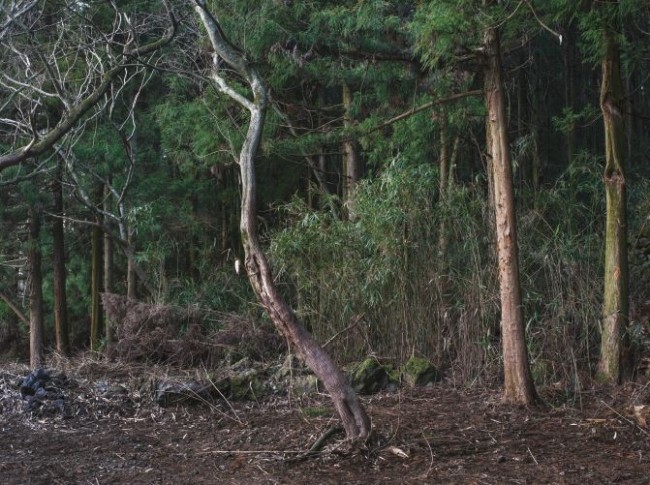| |
 |
|
|
Photo= Hong Jin-hwon
|
Could anyone dread the cruelest month of April as much as the Jeju islanders? Jeju suffered the greatest tragedy in modern history during the April 3rd Uprising. The Special Act on the Truth of the Jeju 4.3 Incident defines the massacre as “an incident in which the lives of inhabitants were sacrificed in the riot that arose on April 3, 1948 starting from March 1, 1947 and in the process of armed conflicts and suppression thereof that took place in Jeju-Do and the suppression thereof until September 21, 1954.”
According to academic estimates, almost 30,000 people, comprising about 10% of the entire population, is thought to be victims. Children under eleven consist of 5.8%, seniors older than sixty are 6.1%, and women amount to 21.3% (based on reported numbers to Jeju 4.3 Committee). It’s very rare to find such large casualties of civilians without combat ability outside of wartime. Material damage was also serious; over 20,000 families and 40,000 houses in 300 or more villages were damaged, and schools and facilities turned into ruins. One of the starkest examples that testify the horrors of the incident is “the lost villages.”
| |
 |
|
|
Photo= Hong Jin-hwon
|
Lost villages are entire towns that burned down at the time, and still remains as ruins without restoration or have turned into farmland. According to Jeju 4.3 Committee, eighty-four of such “lost villages” have been discovered. Jeju 4.3 Research Institute conjectures that a total of 108 villages—eighty-two from Jeju-si, twenty-six from Seogwipo-si—have disappeared.
The middle mountainous villages suffered since the declaration by Jeju Defense Command in October 1948. The declaration claimed that other than the locations within five km of coastlines in the entire island, islanders are prohibited from passing the mountainous area without permission. Anybody who violates this command will be treated as rioters and shot to death. It was applied everywhere except for the coastline villages, which effectively encompassed almost all villages in Jeju, including those in middle mountainous areas at 200-600m above sea level.
| |
 |
|
|
Photo= Hong Jin-hwon
|
In November of the same year, the authorities declared martial law. They burned all middle mountainous areas and executed indiscriminately, causing countless human casualties. Among the victims, 76.5% of those fifteen years and younger lost their lives between November and February 1948. 76.6% of the victims who are sixty-one and older also were killed during this period.
On April 1, 1954, the residents from the middle mountainous area who were directed to return home, they went back to their hometown. However, most of them who experienced the traumatic massacre of their family members and collective suffering refused to return. This is how they remain as “lost villages” today.
|






















